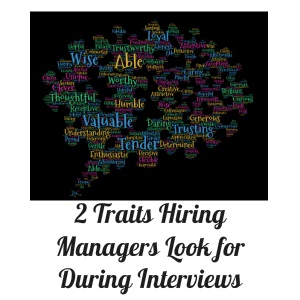As more and more young people are coming into the market, the larger the soft skills gap becomes. There is no way to avoid hiring individuals that lack these skills. Instead of limiting your hiring radius, build soft skill training into the culture of your business.
Determine What Soft Skills Are Most Important
There are some soft skills that you will want to be especially honed in your employees. Identify what these skills are and work with employees on these areas. When you know what needs to be focused on, it will help you to implement training programs that will increase your team member’s soft skills.
Help Team Members Understand The Importance
People will get behind ideas and processes that they understand and believe in. Explain to your staff that these soft skills are not only important to the business, but will be beneficial to the individual. When your employees understand that you are teaching them skills that will carry them through their careers, they will be more vested in learning.
Get Active Participation From Employees
In an age where you can get online and Google how to do just about everything, the younger generation is used to self-learning. Get them involved with coming up with valuable training programs and speakers that will teach what they are in need of.
It is important that you allow them to bring some of their own creativity to the process. This simple idea alone will help to bridge the soft skills gap.
Give Opportunity For Hands On Experiences
Part of the learning process is to give people hands on training experiences. Pair your untrained employees up with those that are more skilled in these areas. Allow them to shadow the stronger staff members to see exactly how to use the soft skills they have been learning.
Once the team member has walked alongside a mentor, they need to be given the chance to do it on their own. At first, they need to be shadowed by the more knowledgeable staff member. When they are ready, they can be turned loose to use their new skills.
Reward Model Behaviors in The Company
When employees are found modeling the behaviors that support the company culture, they should be rewarded. With the right incentives, others will follow suit. With a reward system, you will encourage compliance amongst the rest of the staff.
Be prepared to implement soft skills training for your team members. This is a great way to build a greater unity in the company. The more your staff learns together, the more unified they will become.
We would love to hear your comments. Please comment below or contact us today!
Gary Brunson
gary@myclearfocus.com
Debra Rider
debra@myclearfocus.com
574.361.2674
Sustainable Growth & Profit Consultant, Coach, Mentor and Counselor/Therapist for Business Owners and Professional.
Written for us by our associate Gary Sorrell, Sorrell Associates, LLC. All rights reserved worldwide.


